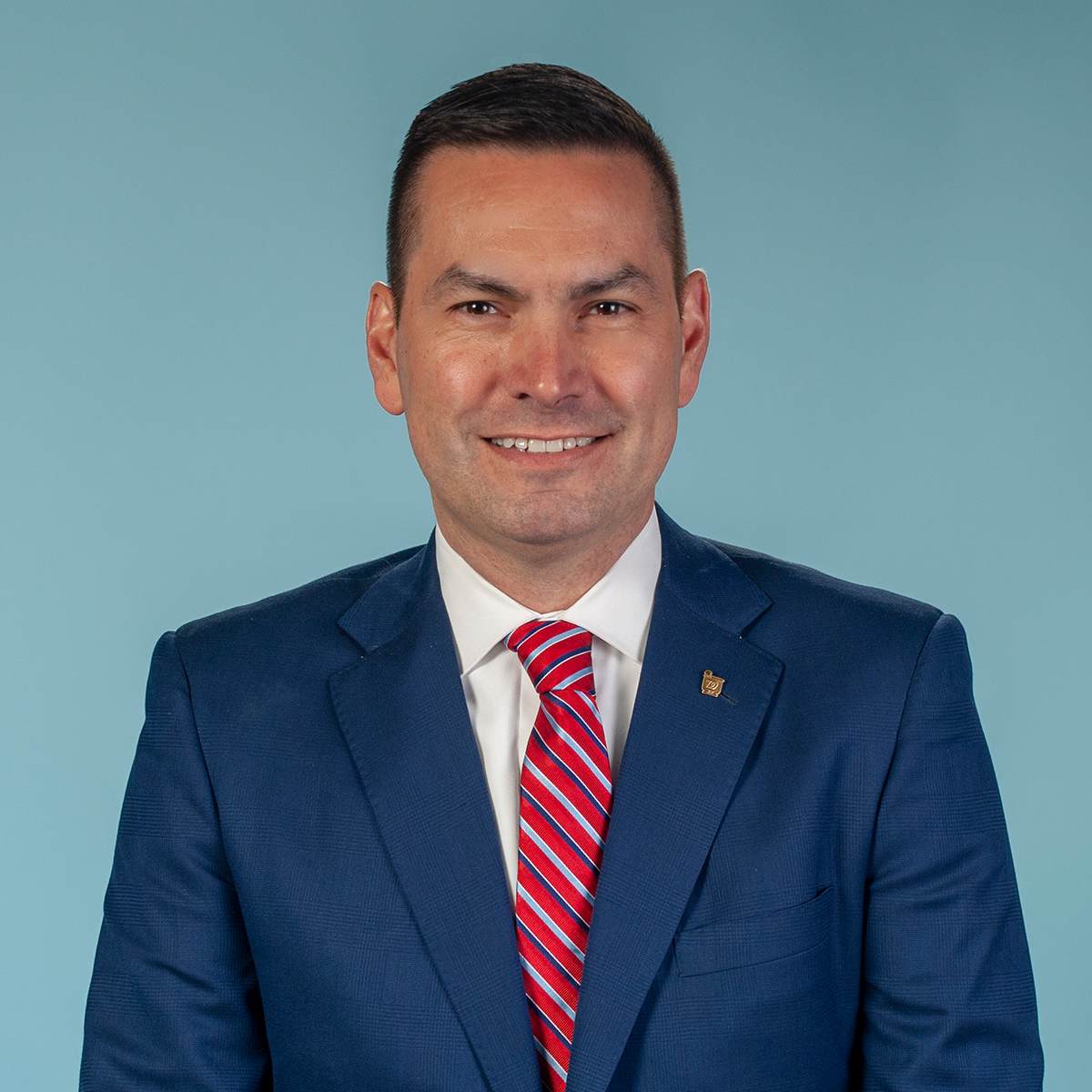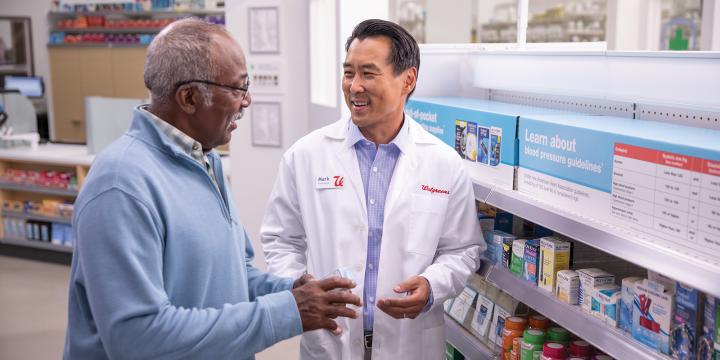It is early June as I write this, and nearly every state in America is in the process of relaxing stay-at-home orders. At the same time, there is global agreement that we have a long journey ahead in our fight against COVID-19. This means we’re facing an uncomfortable limbo, where individuals, governments, companies and healthcare systems need to adjust how they live and operate in real time.

In my role at Walgreens developing and implementing strategies for pharmacy and healthcare, I spend the majority of my time thinking about how our company can play its part in this new world. We want to help ensure we can care for our communities in the same personal way we have since 1901. As part of this, we are looking at how we can evolve our business through partnerships, data sharing and digital solutions to help address some of the systemic issues facing our country due to the pandemic.
None of us can operate in a vacuum, and WBA feels strongly about bringing the outside in, learning from other experts and hearing diverse points of view. So I was thrilled to have the opportunity to moderate a Health Evolution Pandemic Response panel, featuring three experts who shared their perspectives on how we can continue to chart a new path in a post-COVID-19 world.
This incredible panel, which included Dave King, Executive Chairman of the Board, Former CEO, LabCorp and Summit Chair; Mark McClellan, MD, Director, Duke-Margolis Center for Health Policy; and Howard Zucker, MD, Commissioner of Health, New York State; acknowledged some early successes in the world’s COVID-19 response. They all agreed there is much more to be done, and the future may not look like the past as we know it.
Here are three key takeaways from our discussion on what the future holds:
Testing is only part of the equation to re-opening
Testing is certainly a necessary metric to mitigate the disease and allow for re-opening. It’s also been instrumental in determining COVID-19 hot spots and whether its spread is slowing in regions across the U.S. That is why Walgreens has teamed up with governments and other industry partners to ramp up testing efforts in our communities. We’ve worked with the U.S. Department of Health and Human Services and others to remove barriers as people seek testing in their community. The changes we’re driving now could have future benefits for our healthcare system and the integral role pharmacists can play.
However, testing is only one part of the equation. As Dave King of LabCorp noted, we can’t test our way out of this. Future efforts will require volunteers willing to participate in contact tracing, as well as cooperation with the tech industry to create apps that are mindful of privacy concerns. And our focus can’t shift away from containing the virus in high-risk populations and communities while expanding healthcare capacity. Nor can we ease up on following CDC guidance on social distancing, mask wearing, and rigorous cleaning practices. Doing all of these things simultaneously is crucial to keeping our country open.
The healthcare system must continue to adapt
COVID-19 has forced healthcare systems around the world to adapt and change quickly, and it will continue to do so. The pandemic has reinforced the need for cost-effective healthcare and highlighted new models for care, with telehealth options becoming more popular than ever. Walgreens has seen this firsthand, as we’ve witnessed an uptick in usage of the telehealth options we offer through Walgreens Find Care®, with use of the platform up 40 percent this quarter. As New York Commissioner of Health Howard Zucker, M.D. mentioned, the digital transformation of medicine will further complement care and connect more people to the health system.
The last two months have also revealed opportunities for improving population health management and facilitating a more coordinated response across healthcare organizations. All panelists pointed out that data silos still remain, and greater fluidity is needed to take an integrated public population health approach that will improve health outcomes across communities. King noted that from Lab Corp and other major diagnostic companies, there’s an enormous potential database to support population health management and analysis that could inform future public health decisions. We’ve certainly noticed that data exchange with our payers and other partners can lead to improved health outcomes for those with chronic conditions, and believe fewer silos can enhance public health overall.
Normal as we know it may be over
This group’s predictions on what the immediate future holds made it clear: the normal we know may be a thing of the past. Zucker predicts the public may be more attuned to their own personal health and how they interact with others, and limiting large gatherings and wearing face covers could become the norm. We’ve certainly noticed increased use of our digital tools – through online shopping and delivery, prescription delivery and use of our pharmacists chat option – and expect these trends are here to stay.
Having a new normal is not necessarily a bad thing. As Dr. Mark McClellan, Director, Duke-Margolis Center for Health Policy, pointed out, we have the opportunity to build on the changes we’ve seen in the last few months to strengthen our healthcare system and society for the long term. Similarly to how Singapore and Taiwan were hit with SARS, learned from the experience and changed their public health approach, we can make sure we won’t be hit as hard the next time. We’ve now had a front-row seat to how our healthcare system and government response will evolve in this environment.
All of the Health Evolution panelists agreed: finding the best way forward in a post-COVID world requires the thinking, dedication and hard work of the federal, state and local governments, and healthcare systems and companies, as well as cooperation across industries. We can collectively share learnings and insights to advance our understanding of the virus in a way that helps us move forward.
At Walgreens, and throughout WBA, we’re accelerating the pace of change and innovation to meet the new needs of our customers, patients and team members. Partnering with others, and collectively sharing learnings and insights to help the communities we serve find their footing is how we’ll continue to fulfill that mission – today, as we cautiously approach the next phase of the pandemic; tomorrow, as we find our new normal; and until the day when this difficult period in history is finally behind us.




